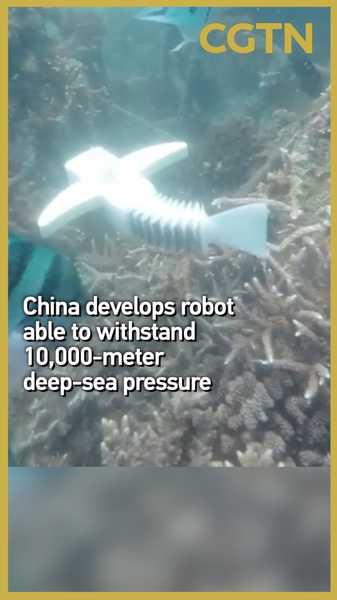Imagine a robot that swims like a fish at depths of 10,000 meters1 where pressure is over 1,000 times what we feel at the surface. A research team from Harbin Engineering University in the Chinese mainland has turned this vision into reality. Their new plasticized electrohydraulic robot uses flexible fins and a streamlined body to navigate extreme deep-sea environments for the first time.
Drawing inspiration from the natural undulating motion of fish, engineers combined soft plastics with high-pressure hydraulic motors. The result is a machine that bends and twists with agility, while durable materials shield sensitive electronics from crushing forces. In lab tests simulating the weight of an entire skyscraper over every square meter, the robot held up without leaks or mechanical failures.
Why it matters:
- Exploration: Mapping uncharted trenches and detecting geological features.
- Environmental monitoring: Collecting data on deep-sea ecosystems and climate change indicators.
- Infrastructure inspection: Surveying underwater cables, pipelines, and shipwrecks.
Next on the agenda, the team plans field trials in deep ocean trenches later this year. Global researchers and conservationists are eyeing the technology for collaborative missions, from studying bio-luminescent creatures to assessing mineral resources.
This innovation underscores a new chapter in sustainable ocean exploration1 where smarter, resilient robots open windows into the planets final frontier. What deep-sea mysteries would you uncover? Join the conversation below.
Reference(s):
China develops robot able to withstand 10,000-meter deep-sea pressure
cgtn.com




